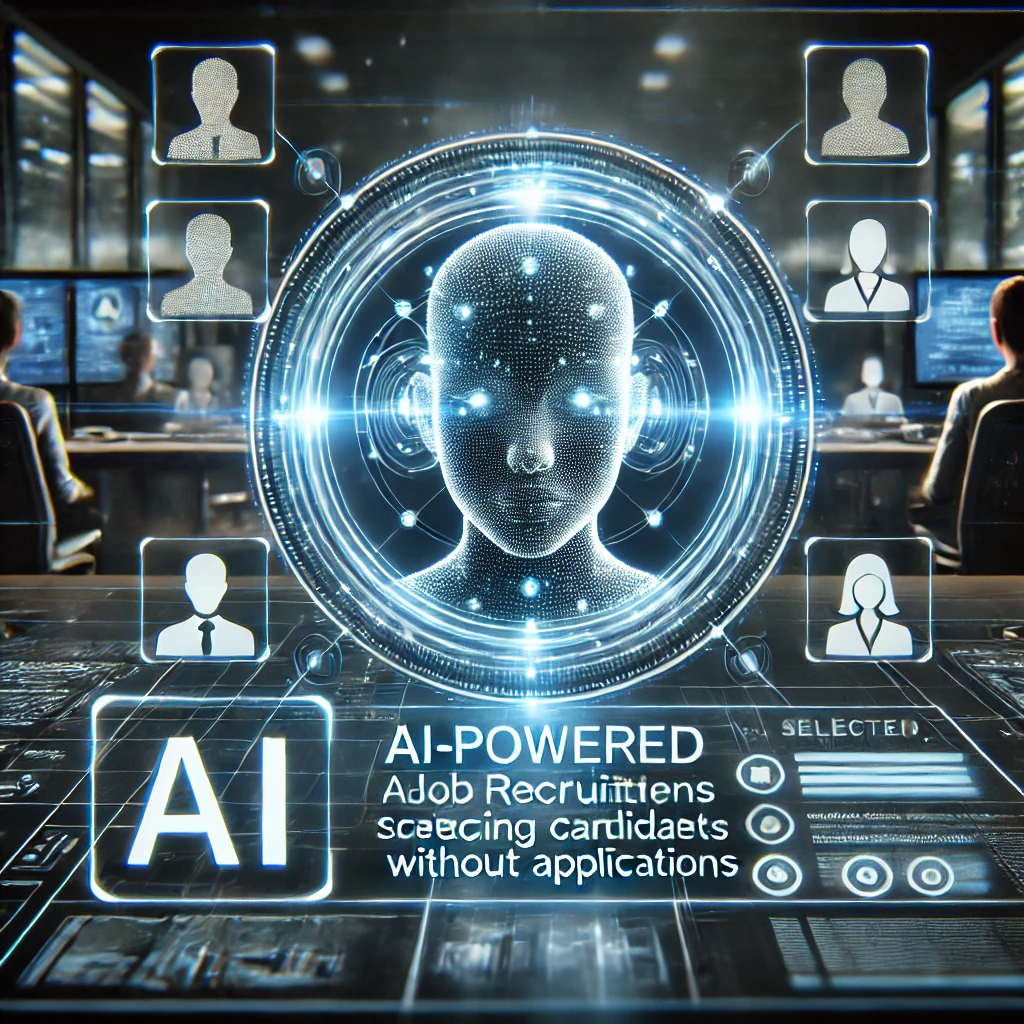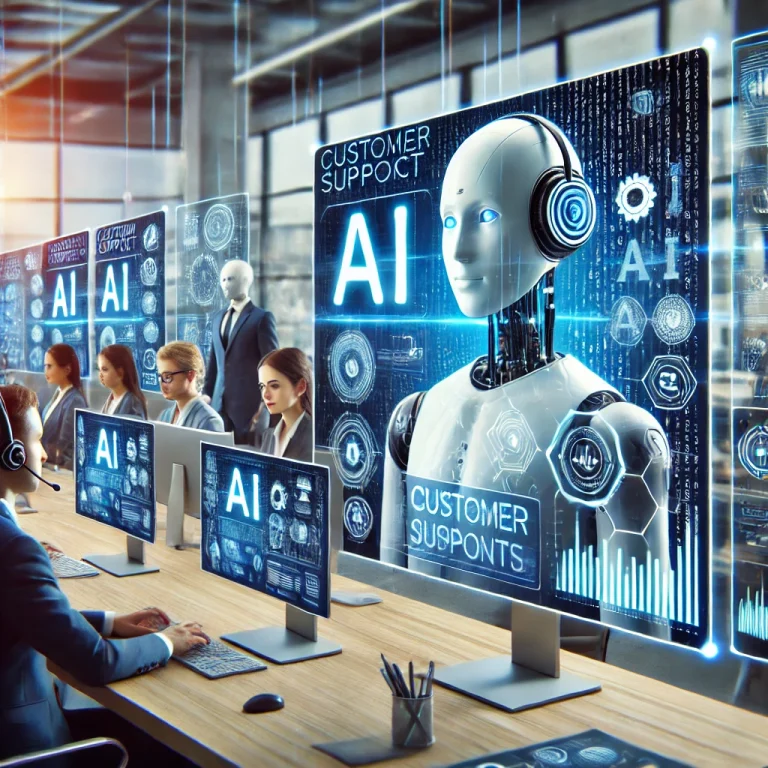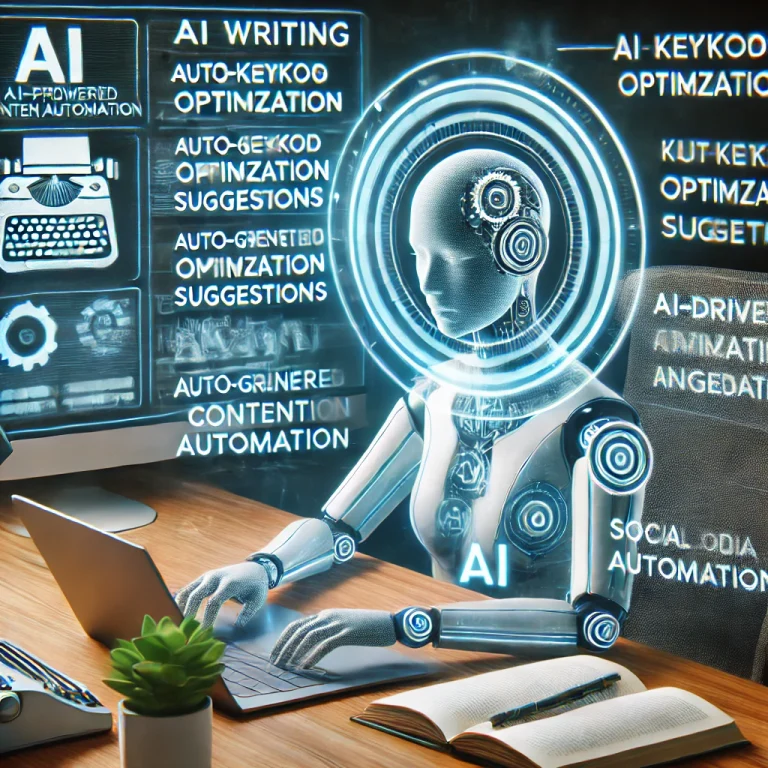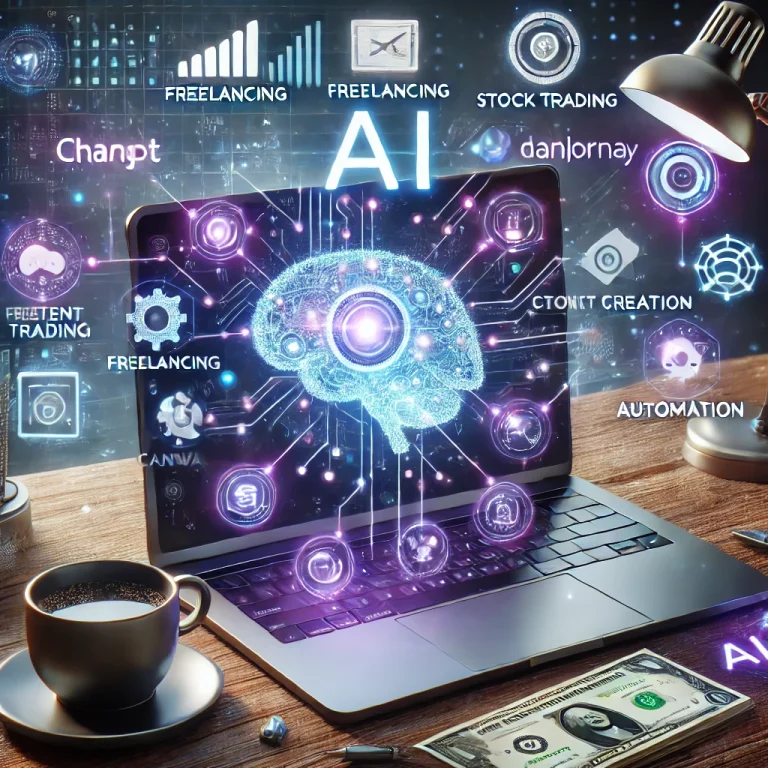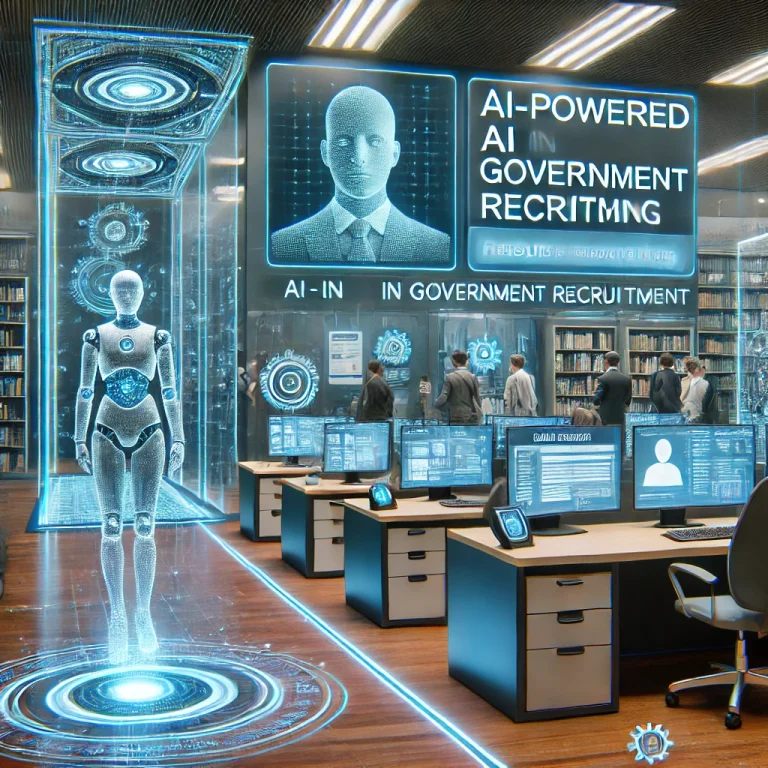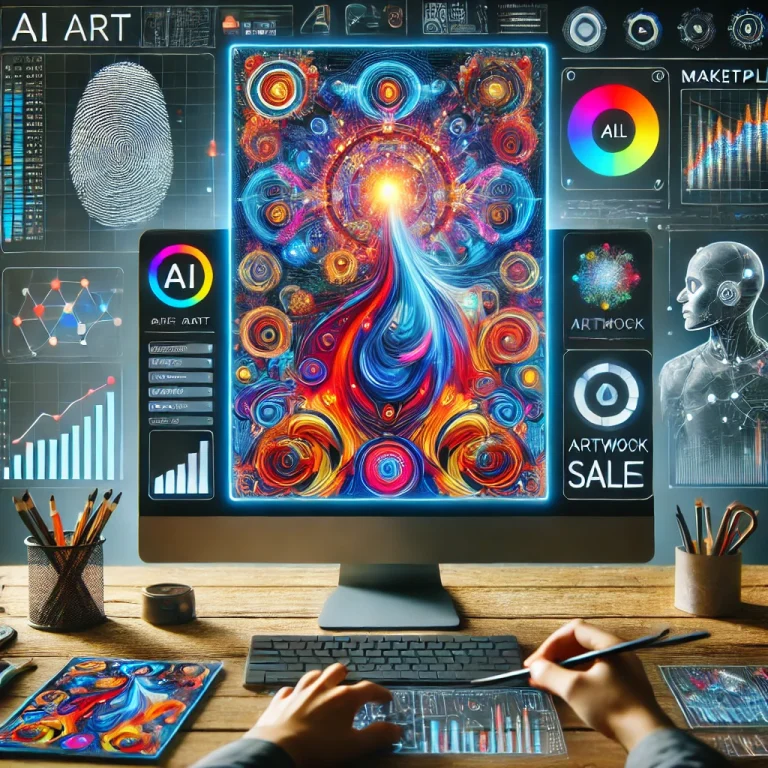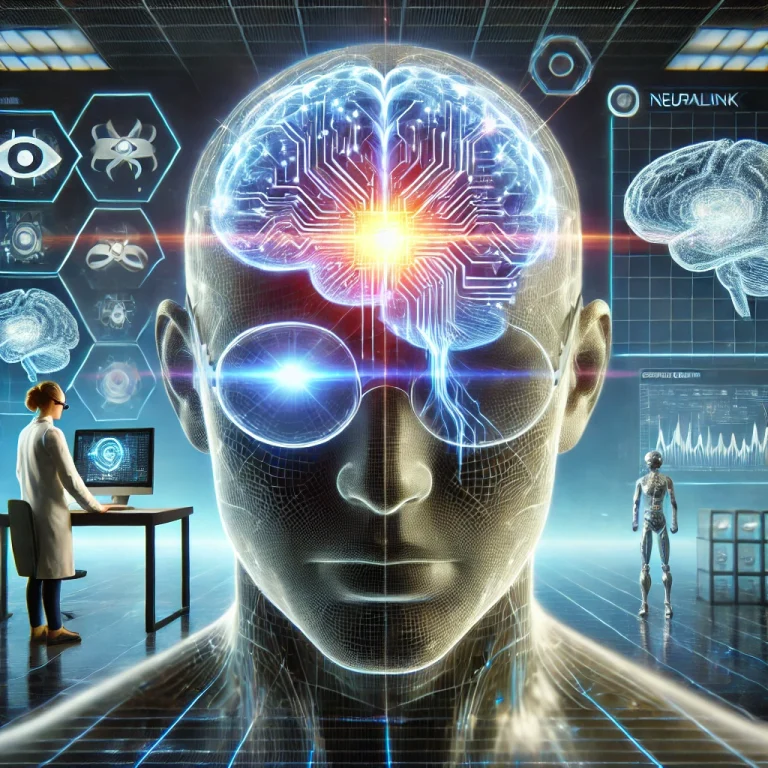AI & Big Data in Job Recruitment: How You Can Get Hired Without Applying
🚀 Introduction: The Future of Job Recruitment
In today’s rapidly evolving job market, Artificial Intelligence (AI) and Big Data are reshaping how companies find and hire talent. Gone are the days when job seekers had to send out countless resumes—now, AI-driven recruitment systems can identify, assess, and even hire candidates without them ever applying for a job. But how does this work? And what can job seekers do to improve their chances in this AI-powered job market? Let’s explore how AI and Big Data are revolutionizing recruitment and how you can land a job without actively applying.
🧠 How AI & Big Data Are Changing the Hiring Process
AI and Big Data are streamlining the recruitment process by automating tasks, analyzing vast amounts of candidate data, and matching the right talent with the right opportunities. Here’s how:
1️⃣ Passive Candidate Sourcing
Companies no longer rely solely on active job applications. AI-powered tools scan LinkedIn, GitHub, and other professional networks to identify potential candidates based on skills, experience, and industry trends. Recruiters can then reach out directly to qualified professionals.
2️⃣ Predictive Analytics & Candidate Scoring
Big Data algorithms analyze resumes, work history, social media presence, and even engagement levels with industry-related content to assign a “fit score” to potential hires. This helps recruiters shortlist candidates before even speaking with them.
3️⃣ AI-Driven Job Matching
AI recruitment software can analyze job descriptions and match them with candidates who possess the required skills, even if they haven’t applied. Some platforms use deep learning to assess candidates’ potential for career growth and recommend jobs accordingly.
4️⃣ Automated Interview Scheduling & AI Video Interviews
AI-powered chatbots and scheduling systems handle interview coordination without human intervention. Some companies use AI-driven video interviews where algorithms assess facial expressions, tone, and word choice to evaluate a candidate’s suitability.
5️⃣ Employee Data Analysis for Internal Hiring
Organizations use AI to assess internal employees’ performance, skills, and career trajectories to fill new roles without external hiring. This creates career growth opportunities for existing employees.
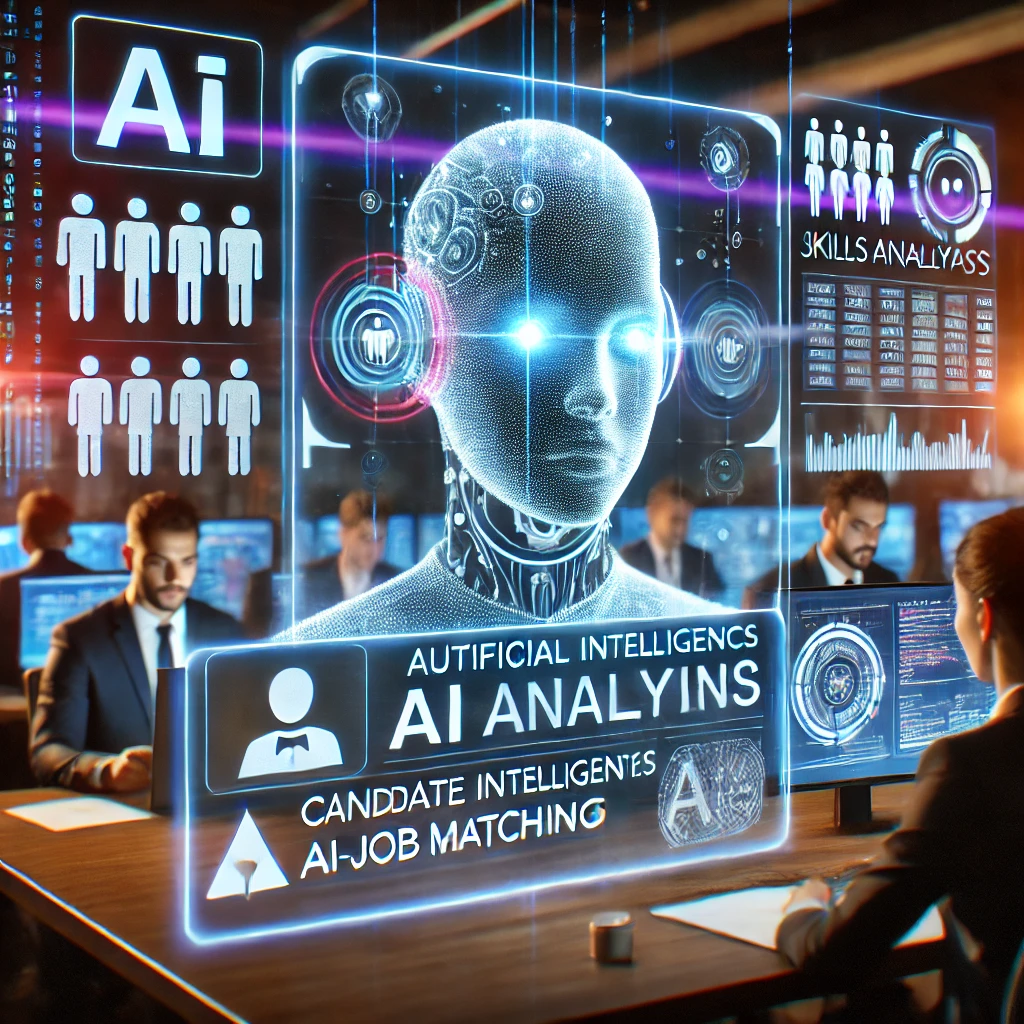
📊 Comparison: Traditional vs AI-Powered Recruitment
| Feature | Traditional Hiring | AI-Powered Hiring |
|---|---|---|
| Application Process | Manual submission of resumes | AI identifies potential candidates automatically |
| Screening Method | HR manually reviews resumes | AI scans and ranks candidates based on data analysis |
| Interview Process | Scheduled by HR | Automated scheduling & AI video assessments |
| Job Matching | Based on recruiter insights | AI-driven recommendations & predictive analysis |
| Hiring Speed | Weeks to months | Days to weeks |
| Bias & Fairness | Prone to human bias | AI-driven, data-based decisions (but requires ethical oversight) |
🎯 How to Get Hired Without Applying
Since AI and Big Data now play a major role in hiring, job seekers must adapt their strategies to increase visibility. Here’s how:
1️⃣ Optimize Your Digital Presence
Ensure your LinkedIn, GitHub, or other professional profiles are updated with relevant skills, certifications, and projects. Use keywords that align with your industry to make it easier for AI algorithms to find you.
2️⃣ Engage in Online Communities
Many companies track online engagement in industry-related forums, blogs, and social media discussions. Contributing valuable insights on platforms like LinkedIn or Twitter increases your visibility to AI-driven recruitment tools.
3️⃣ Develop an Online Portfolio
If you’re in a creative or technical field, having a digital portfolio showcasing your work helps AI identify you as a potential candidate. AI can analyze project-based work and match it with job opportunities.
4️⃣ Keep Learning & Upskilling
AI prioritizes candidates with in-demand skills. Taking online courses, earning certifications, and attending industry webinars increase your likelihood of being flagged as a top candidate.
5️⃣ Use AI Job Search Platforms
Leverage platforms like LinkedIn, Indeed, and AI-powered job boards that proactively match candidates with jobs based on skills and experience.
🏆 Benefits of AI & Big Data in Hiring
The AI-driven recruitment process benefits both employers and job seekers:
- 📌 Faster Hiring Process: AI reduces the time-to-hire by automating screening and scheduling.
- 📌 Improved Job Matches: AI identifies roles that align with a candidate’s skills and experience.
- 📌 Reduced Bias: AI-driven decision-making is data-based, helping to eliminate unconscious bias in recruitment.
- 📌 Passive Job Searching: AI enables candidates to be recruited without actively applying.
- 📌 Career Growth & Insights: AI tools provide career recommendations and suggest relevant skills to learn for better job opportunities.
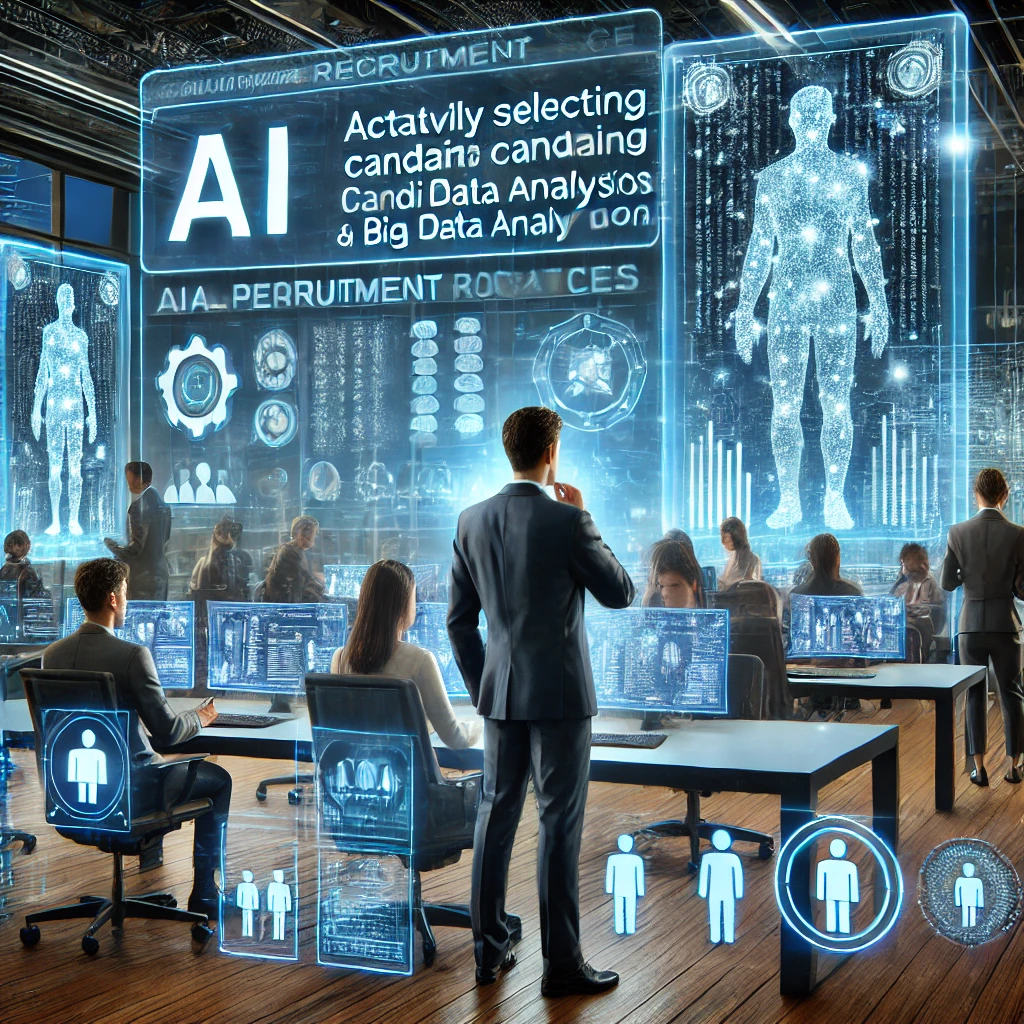
⚠️ Challenges & Ethical Concerns
While AI and Big Data improve recruitment efficiency, they also present challenges:
- ❗ Algorithmic Bias: If AI is trained on biased data, it may reinforce discrimination.
- ❗ Data Privacy Concerns: AI collects large amounts of candidate data, raising privacy issues.
- ❗ Over-Reliance on AI: Companies must balance automation with human judgment to ensure fair hiring practices.
- ❗ Lack of Transparency: Many candidates are unaware of how AI evaluates their profiles.
To overcome these issues, companies must ensure ethical AI practices and transparency in hiring.
🔮 The Future of AI & Big Data in Recruitment
The future of hiring will likely see even more automation, including:
- AI-Powered Career Coaching – AI will provide personalized career guidance based on industry trends.
- Smart Resume Builders – AI will help candidates tailor resumes to job descriptions in real-time.
- Virtual Job Fairs with AI Matching – AI will facilitate online networking and instant job matches.
- Blockchain for Resume Verification – AI and blockchain will work together to verify candidate credentials instantly.
✅ Conclusion: Adapt to the AI Hiring Revolution
AI and Big Data are revolutionizing the hiring process, allowing candidates to be recruited without actively applying. Job seekers must optimize their digital presence, engage in industry discussions, and keep upskilling to stay visible in AI-driven recruitment networks.
The key to success in this new hiring landscape is understanding how AI evaluates talent and positioning yourself as a top candidate by leveraging the power of AI-driven job searching. 🚀
